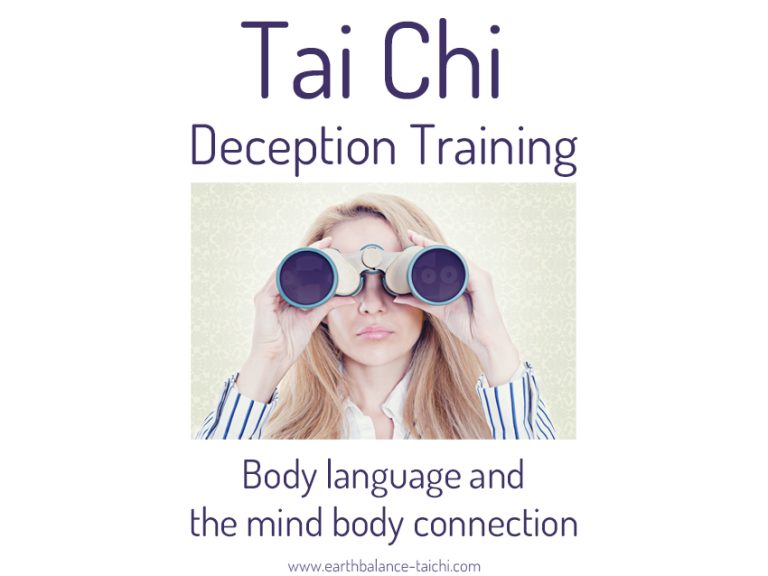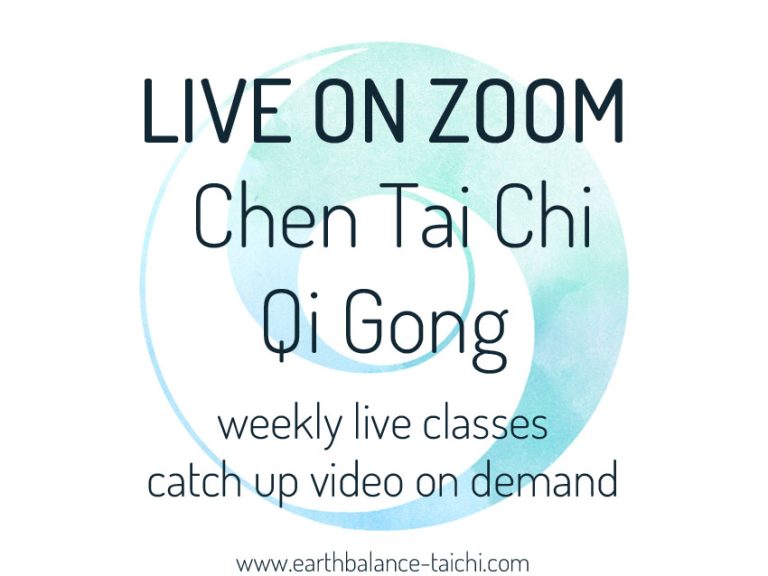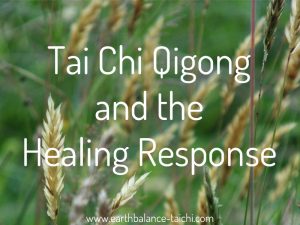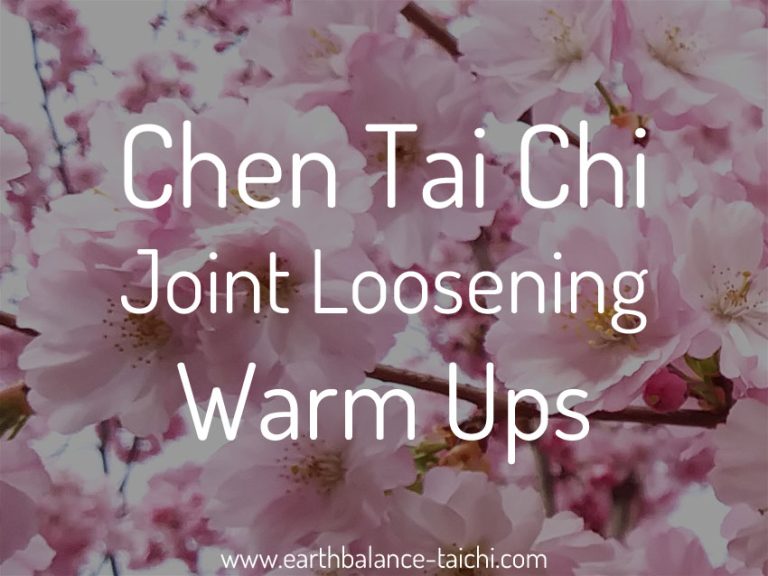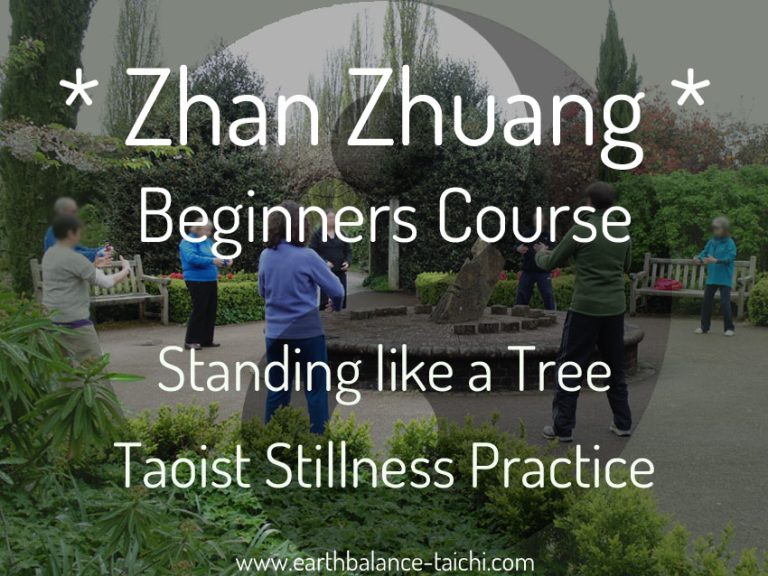Deception Training
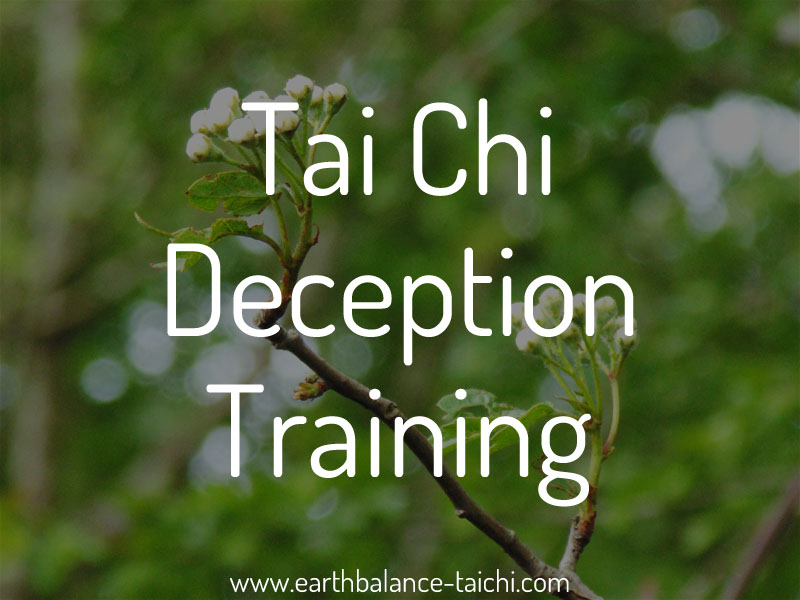
Deception Training
Body Language and the Mind Body Connection
This article looks at deception training and the relationship between how you hold yourself, the stress and relaxation state, and how Tai Chi and Qigong movements can help.
The Stress Response
What does the fear, stress, anxiety, scared, afraid, discomfort or nervous response look like in your posture and movement?
Posture:
- Hands are hidden or closed, fingers are tightened, tense or clenched into a fist.
- Eyes are narrowed, the brow is furrowed, the lips are tense and tightly pressed together and the jaw is clenched.
- The eyes may dart around quickly with an increased blink rate.
- Tensely contracted muscles and soft tissue e.g. this is usually evident in a person's shoulders being shrugged up by their ears and held there in chronic contraction.
- Tight muscles are also one of the stages of the fight response (sympathetic), as the muscles prepare to be able to fight or run away.
- Slouching and collapsing the chest to take up less space, this is a move towards the foetal position which is the safety posture and a way to withdraw the heart inwardly into the body.
- Bringing the shoulders up and forwards to narrow the throat for protection.
- Arms or legs crossed, folded or placed in front of the body to create a barrier from the outside world and to protect the organs. This closes the armpits and the groin as protection, as these are vulnerable locations from a self defense perspective.
- Leaning to one side or holding your body in an asymmetrical position.
- Inability to sit or stand still, holding a posture steady or balance.
- Shallow breathing into the upper chest with an elevated breathing rate.
Movements:
- Tensely contracted muscles and soft tissue.
- Fast moving, erratic, quick, sharp, sudden, awkward, wooden and exaggerated motion.
- Involuntary and compulsive movements.
- Clumsy and uncoordinated movements.
- Changes in movement pace, if suddenly you are pacing around then you are likely to be trying to burn off adrenaline that has been released due to the stress response.
- Fidgeting, tapping fingers or feet.
- Restlessness and constantly moving posture from one position to the other.
- When in a state of real fear, the body will freeze and not be able to move.
- Self soothing gestures e.g. rubbing or stroking with the fingers and hands onto another body part.
The Relaxation Response
What does the relaxation, calm and at ease response look like in your posture and movement?
Posture:
- Hands are out in front of the body, open and relaxed, with fingers slightly rounded or slightly splayed and soft.
- Eyes are relaxed and open with an open brow, the lips are soft and relaxed and the jaw muscles are also relaxed and at ease.
- The eyes move around appropriately and slower with a decreased relaxed blink rate.
- Relaxed muscles and soft tissue, one of the stages of the relaxation response (parasympathetic nervous system / relaxation response), as the muscles respond to a state of neutral.
- An open chest and relaxed yet upright torso.
- Arms and legs are open and away from the body, an open groin and open armpits. This exposes the organs and vulnerable areas symbolising a state of safety and comfort.
- An open and visible throat with the shoulders relaxed down.
- A symmetrical body.
- Ability to sit and stand still and hold a posture at ease.
- Abdominal breathing into the full lung capacity with a slow breathing rate approx 3 - 6 breaths per minute.
Movements:
- Appropriate muscle contraction, with ease and relaxation in the soft tissue.
- Slow moving, gentle, fluid and considered motion.
- Deliberate and controlled movement.
- Balanced, grounded and co-ordinated movements.
- A considered movement pace.
What is Deception Training?
The mind can deceive the body, and the body can deceive the mind, as they are symbiotic in reaction. This is commonly known as the mind and body connection. This is where deception training comes into your Tai Chi, Qigong and meditation practice. Whether in movement or stillness, how you hold your posture, how you breath and how you move will influence whether you are in the stress or relaxation state.
If you mimic, whether conscious or unconscious, the posture and movements from the stress response, this will foster the stress response in your mind. If you are in a state of mental stress, whether the stress is in that moment, or looking at the past or the future which is not an immediate threat, then the body will respond and move into body language that reflects that stress.
When students come to class as a beginner, usually their movements are wooden, quick, awkward and disjointed. Their shoulders are usually up by their ears, armpits are closed and elbows are tucked in towards the body, all expressing a closed off posture. Then when moving their limbs hyper extend with large wild and jagged movements. Modern life is carried out at speed and in a rush, this means a person's posture and body movements tend to be a representation of their life. Most people are unaware of their bodies below their head, as the world is cognitive left brain centric. Initially there is little control over their movements as body awareness is a skill to be trained. Most also are not aware of the mind body connection and how to work with their posture and movements to help both mind and body.
Deception training is to trick your mind into entering the relaxation response state, by moving slowly, breathing deeply and aligning your posture appropriately with Tai Chi and Qigong. You control and relax your body which softens and soothes the central nervous system into believing that all is well, a neutral state, which fools the mind into following those cues. Knowing that you can deliberately manipulate your posture and body movements to reduce the stress response is a gift. This is one of the benefits of the slow moving arts like Tai Chi and Qigong, and stillness meditation practices.
Next imagine if you practise deception training regularly, where you deliberately slow down mind, body and breath. Over time, your body starts to develop this as a natural way of being, which leads onto the ability to remain calm in stressful environments and to not be so alert and reactive to stressful environments. These all work towards creating a neutral mind and body, our natural human state.
With the caveat that it takes a long time to develop a neutral posture and a neutral physical state within movement. It is worth every ounce of effort you put into your training.
